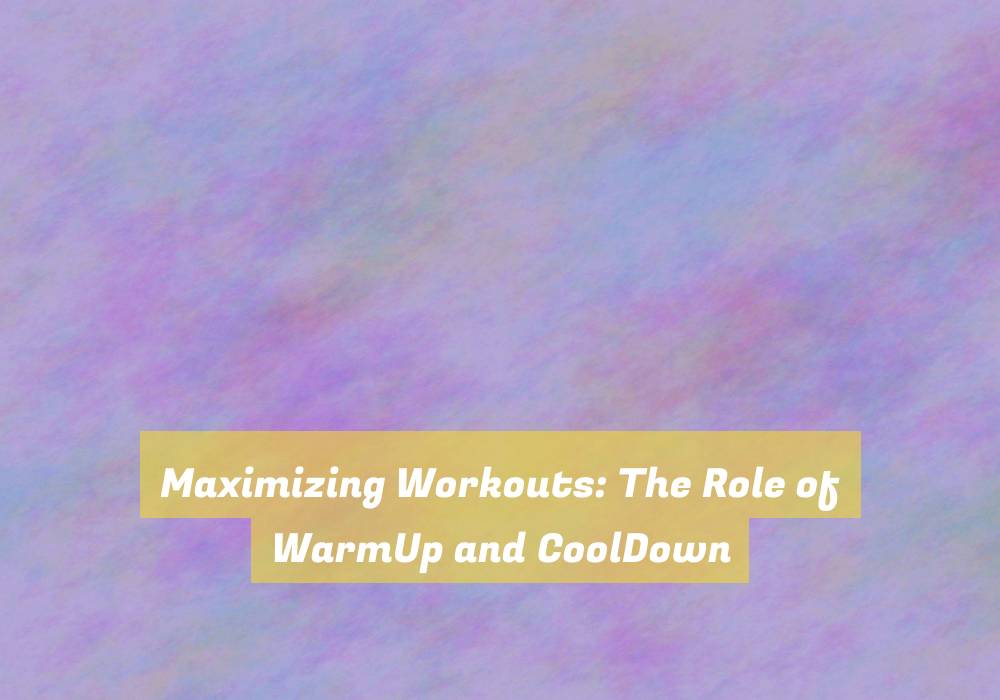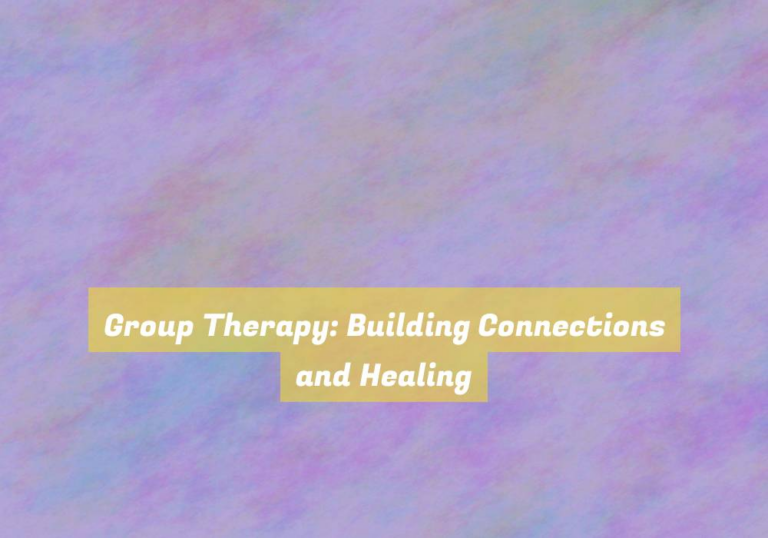Maximizing Workouts: The Role of WarmUp and CoolDown
You may not realize that the way you start and end your workout can have a significant impact on the results you achieve. The role of warm-up and cool-down exercises is often underestimated, but it can make a world of difference in how your body responds to exercise.
The effectiveness of your workout routine can be greatly enhanced by paying attention to these crucial elements, and understanding their importance is key to reaching your fitness goals.
But how exactly do warm-ups and cool-downs maximize your workouts? Stay tuned to discover the science behind these often overlooked aspects of exercise and how they can elevate your fitness game.
Importance of Warm-Ups
To maximize the effectiveness of your workout, itG??s vital to understand the importance of warm-ups. Before diving into your main exercise routine, taking the time to warm up your muscles and prepare your body can significantly enhance your performance and reduce the risk of injury.
When you engage in a warm-up, your heart rate gradually increases, allowing for better blood flow to your muscles. This, in turn, helps to improve muscle flexibility and joint mobility, making it easier for your body to handle the demands of your workout.
Additionally, warm-ups also mentally prepare you for the upcoming physical activity. By focusing on your warm-up routine, you can shift your mindset from the distractions of the day to the task at hand, improving your overall workout experience.
Not only does a warm-up benefit your immediate workout, but it also contributes to your long-term fitness goals by promoting better overall physical health and reducing the risk of exercise-related injuries.
Benefits of Cool-Downs
After completing your main exercise routine, engaging in a cool-down is essential for allowing your heart rate and breathing to gradually return to their normal levels. This gradual decrease in intensity helps prevent blood from pooling in your extremities and reduces the risk of feeling lightheaded or dizzy after your workout. Additionally, incorporating a cool-down allows your muscles to slowly relax, reducing the likelihood of post-exercise muscle cramps and soreness.
Moreover, cool-downs can aid in the efficient removal of waste products, such as lactic acid, from your muscles, which may contribute to a faster recovery. By continuing to move at a lower intensity, you support circulation and oxygen delivery to your muscles, promoting the removal of metabolic byproducts. This process may help alleviate muscle fatigue and stiffness, ultimately contributing to improved performance in future workouts.
Effective Warm-Up Techniques
For an effective warm-up, consider incorporating dynamic movements to gradually increase your heart rate and circulation. Dynamic stretches such as leg swings, arm circles, and bodyweight squats are great options to prepare your body for more intense exercise. These movements help to improve flexibility, enhance blood flow to the muscles, and activate the nervous system, all of which are essential for preventing injuries during your workout.
Another effective warm-up technique is light cardio, such as brisk walking, cycling, or jogging in place. This helps to elevate your heart rate and increase blood flow to your muscles, priming your body for the upcoming physical activity. Aim for 5-10 minutes of light cardio to sufficiently warm up your body.
Incorporating sport-specific movements into your warm-up routine is also beneficial. If youG??re preparing for a strength training session, consider performing bodyweight versions of the exercises you plan to do. For a running workout, include drills like high knees and butt kicks to mimic the movements involved in running.
Incorporating Cool-Downs Into Your Routine
After completing your workout, incorporating a cool-down into your routine is essential for allowing your heart rate to gradually decrease and your body to return to a resting state. A cool-down helps prevent blood from pooling in your muscles, which can lead to dizziness and fainting. It also aids in reducing muscle soreness and stiffness, which can occur if you abruptly stop exercising.
To effectively cool down, aim for 5-10 minutes of low-intensity aerobic exercise such as walking or gentle cycling. This will help your body transition from the higher intensity of your workout to a state of relaxation.
Additionally, incorporating stretching exercises into your cool-down routine can help improve flexibility and reduce the risk of injury. Focus on stretching the major muscle groups that were used during your workout, holding each stretch for 15-30 seconds without bouncing.
Conclusion
So, next time you hit the gym, remember to prioritize your warm-up and cool-down. These simple yet crucial steps can help maximize the effectiveness of your workouts and prevent injury.
Incorporating dynamic stretches, light cardio, and foam rolling into your warm-up routine, and static stretches and deep breathing into your cool-down can make a world of difference.
DonG??t skip these important steps – your body will thank you!





